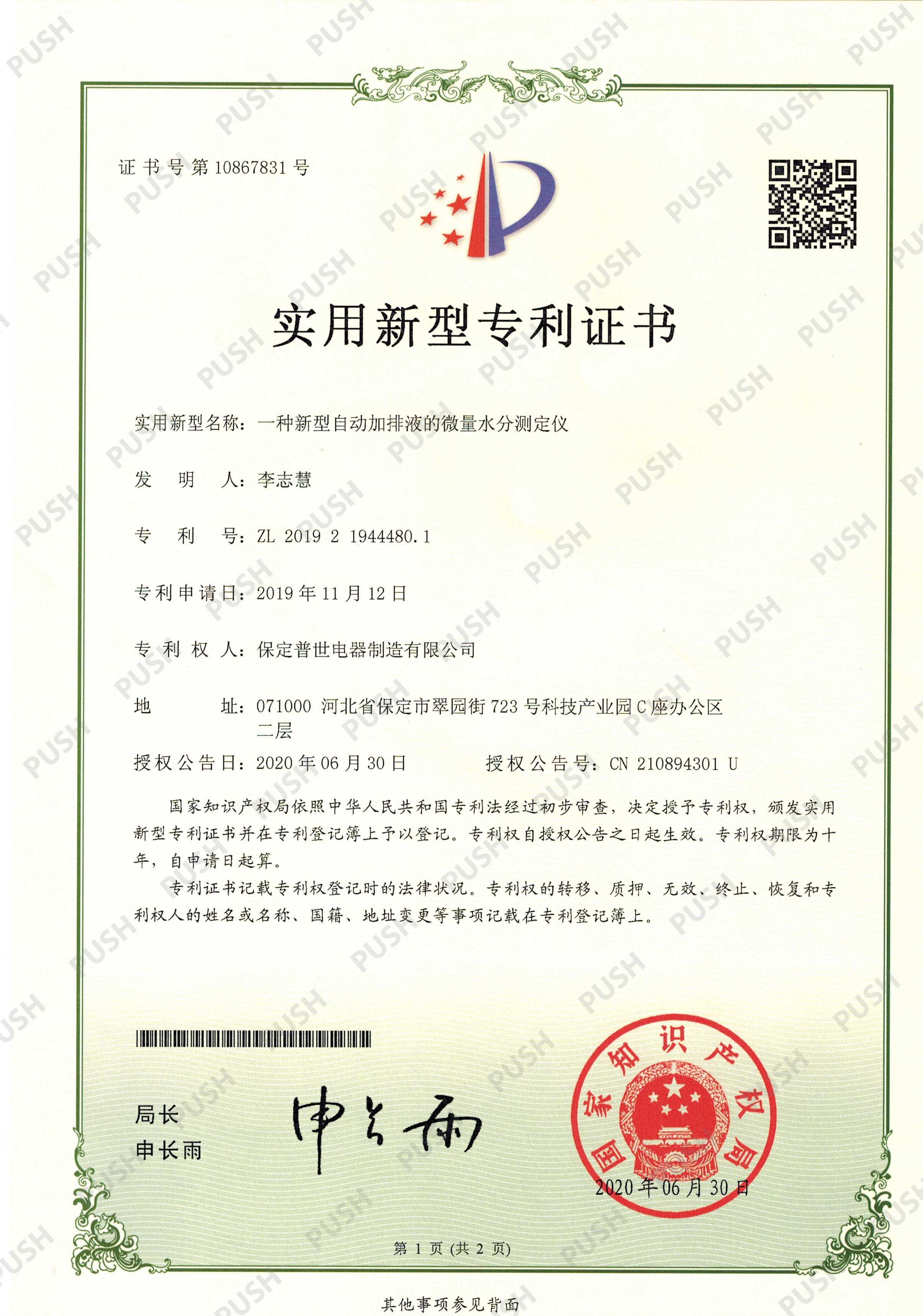 English
English


Understanding the Importance of Tan Delta Measurements in Bushing Insulation Testing
Understanding Tan Delta of Bushings A Key Parameter in Electrical Insulation
In the realm of electrical engineering, particularly in power systems, the condition of insulation in transformers and capacitors is paramount for reliable operation. Among various diagnostic tools, the tan delta (or dissipation factor) of bushings has emerged as a crucial parameter for assessing insulation health. This article delves into the significance of tan delta measurements, how they are obtained, and their implications for maintenance and reliability in electrical infrastructure.
What is Tan Delta?
Tan delta, short for tangent of the dielectric loss angle, is the ratio of the resistive current to the capacitive current in an insulating material. It provides insights into the energy losses within the insulation and gives an indication of its quality. A lower tan delta value signifies better insulation quality and fewer energy losses. In contrast, a higher value may indicate deterioration, moisture ingress, or contaminants affecting the insulation performance.
Importance of Bushing Insulation
Bushings are critical components in transformers and switchgear, allowing electrical conductors to pass through grounded barriers while isolating the conductor from the enclosure or surrounding environment. The insulation within bushings is often subjected to high voltages and varying environmental conditions, making regular monitoring essential. Insulation failure can lead to catastrophic equipment damage, operational downtime, and safety hazards.
Measuring Tan Delta
tan delta of bushing

The measurement of tan delta is typically conducted using specialized test equipment designed to apply an AC voltage to the bushing while simultaneously measuring the current flowing through the insulation. The equipment calculates the tan delta based on the phase difference between the current and voltage signals. This measurement can be performed offline, when the equipment is de-energized, or online, allowing for continuous monitoring without interrupting operation.
Analyzing Tan Delta Results
The results from tan delta tests are typically expressed as a percentage. For instance, a tan delta of 0.0010 indicates that 0.1% of the energy is lost as heat—a desirable characteristic. If the tan delta value starts to rise significantly from historical values, it may signal a need for further investigation, maintenance, or replacement of the bushing.
Industry standards often specify acceptable tan delta levels for different types of bushings. Regular testing is crucial, as an upward trend can reveal issues such as moisture ingress, partial discharge activity, or material aging. Comparative analysis against baseline data allows engineers to make informed decisions regarding asset management and lifecycle maintenance.
Implications for Maintenance and Reliability
Regular monitoring of tan delta values contributes substantially to predictive maintenance strategies. By identifying insulation deterioration before catastrophic failures occur, organizations can implement targeted maintenance plans, thus avoiding costly unplanned outages and ensuring ongoing system reliability. Furthermore, tan delta analysis can also support budgeting decisions regarding equipment replacements or upgrades.
In conclusion, tan delta is a vital diagnostic tool for understanding the insulation health of bushings in electrical systems. Its ability to indicate insulation quality and predict potential failures makes it an essential parameter for maintenance strategies. As electrical infrastructure continues to age, the importance of tools like tan delta measurements increases, guiding engineers toward ensuring efficiency and reliability in power systems. Maintaining a focus on such diagnostics not only fosters operational excellence but also enhances safety in the ever-evolving field of electrical engineering.
-
Differences between open cup flash point tester and closed cup flash point testerNewsOct.31,2024
-
The Reliable Load Tap ChangerNewsOct.23,2024
-
The Essential Guide to Hipot TestersNewsOct.23,2024
-
The Digital Insulation TesterNewsOct.23,2024
-
The Best Earth Loop Impedance Tester for SaleNewsOct.23,2024
-
Tan Delta Tester--The Essential Tool for Electrical Insulation TestingNewsOct.23,2024





